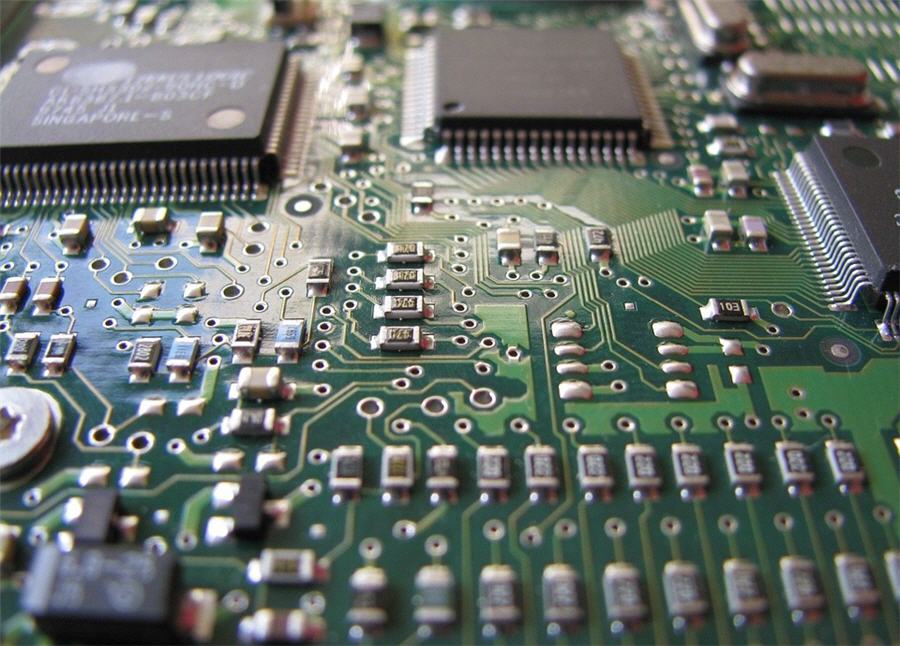Tiny tin market sounds a recessionary warning note

Fears of a global recession are rising.
Industrial metals such as copper are struggling to make any price headway as funds take an increasingly negative view of where the global manufacturing economy is heading.
The tiny tin market seems to be already trading as if recession were a reality.
Core demand weakness is coming from the semiconductor sector, where cyclical downturn is exacerbated by the current trade tensions between Japan and South Korea
London Metal Exchange (LME) tin lurched sharply lower at the beginning of July and has kept falling ever since, touching a fresh three-year low of $16,255 per tonne on Monday.
That’s lower than the Global Financial Crisis sell-off in 2009 and the price is now approaching the decade’s lows seen over the 2015-2016 metallic bear market.
Core demand weakness is coming from the semiconductor sector, where cyclical downturn is exacerbated by the current trade tensions between Japan and South Korea.
In textbook commodity market fashion, the price slump appears to have wrong-footed producers, at least one of which has been boosting output significantly.
Stocks build
The slide in the tin price has been accompanied by rising LME warehouse stocks, which have rebuilt from just 740 tonnes at the start of May to a current 6,175 tonnes.
The increase in inventory has taken place from an extremely low starting point and was initially spurred by another of the LME tin contract’s periodic spread contractions.
The cash-to-three-months spread flexed out to $340-per tonne backwardation at one stage in May, the high cash premium sucking metal into the LME warehouse system.
However, the inflows have continued even as the spread tightness has dissipated. That spread closed Monday valued at a marginal backwardation of just $5 per tonne but stocks jumped again this week on the back of 1,620 tonnes being warranted at Singapore and Malaysia’s Port Klang.
What might have been viewed as a one-off stocks reaction to LME tightness is starting to look more problematically structural.
Nor has there been any obvious linkage with the two main sources of refined tin in the Western market.
Indonesian exports were actually down by 13%, or almost 6,000 tonnes, in the first seven months of this year.
Net exports from China have increased but only by just over 2,000 tonnes in the first half of 2019.
Demand weakness
Tin’s problem right now is rooted in demand weakness.
Although commonly associated with packaging, tinplate actually accounts for only around 14% of global usage, according to the International Tin Association.
By some margin the largest end-use for tin is soldering in semiconductors, representing around 47% of global usage.
It’s a sector that is currently facing its own headwinds.
Global semiconductor sales fell 14.5% year-on-year in the first half of 2019, according to the Semiconductor Industry Association (SIA).
“Year-to-date sales were down across all regional markets and semiconductor product categories,” noted John Neuffer, SIA president and chief executive.
Global semiconductor sales fell 14.5% year-on-year in the first half of 2019
Against such a backdrop the current trade dispute between South Korea and Japan couldn’t have come at a worse time.
A long-simmering disagreement over World War II reparations by Japan has spilled into current trade policy with Japan announcing export restrictions to its Asian neighbour last month.
Although the two countries have multiple shared supply chains, analysts at Citi argue that the semiconductor sector is the most exposed to any escalation of the trade dispute.
South Korea’s import dependency on Japanese semiconductor components was 31% in 2018, according to the bank. (“Japan and South Korea Trade Tension 101”, Aug. 19, 2019).
Disruption to the semiconductor supply chain could also have knock-on effects on other countries such as China and Hong Kong, which sourced 21% of their semiconductor imports and 48% of memory-chip imports from South Korea last year.
Supply response
The collapsing tin price is already generating a supply response in China.
The country’s tin producers are now actively cutting production, according to the ITA’s Beijing branch, which estimates national output fell by 8% in the January-July period.
China’s smelters are trapped between a crumbling price and lower supplies of raw material from Myanmar.
Myanmar has emerged as a major new source of tin concentrate over the course of this decade but there are already signs that output in the Wa mining region has peaked with volumes and grades falling.
China’s imports of tin concentrates, just about all of them from Myanmar, slumped by 28% in the first half of the year.
The decline in Myanmar’s flows of concentrates to China remains a bullish supply driver.
Unfortunately for the tin price, however, another major producer has been ramping up production.
PT Timah, the largest Indonesian tin producer, said in July it was going to more than double output to 70,000 tonnes this year after receiving permission to buy raw materials from independent miners operating in its concession.
The company reported a jump in first-quarter tin production to 16,302 tonnes from 5,361 tonnes in the year-earlier period.
Sales rose too but not to the same extent, leading to a significant build in inventory over the first quarter.
Timah said refined tin inventory at the end of March was 8,594 tonnes compared with 3,198 tonnes a year earlier.
The company’s second-quarter filing is still pending but subdued national exports suggest no significant drawdown in those stocks since March.
Shanghai bears
Tin, it’s worth noting, is too small a market to attract the attention of most big fund managers, although there will inevitably be smaller momentum players feeding off the price decline.
The worrying message from the London market is that this is not a financially-driven but rather a fundamentally-defined sell-off.
There is more speculative activity on the Shanghai market, judging by recent spikes in open interest and trading volumes. And at the moment it seems to be playing tin from the short side.
That may promise some short-term relief if the Shanghai bears decide collectively to take some profits. But they could just as easily double down on their bear bets, which would promise a lot more producer pain ahead.
Weak demand, too much production and a falling price are currently the defining features of the tiny tin market.
If that sounds likes a recessionary combination, then it probably is.
(By Andy Home; Editing by David Evans)
More News
{{ commodity.name }}
{{ post.title }}
{{ post.date }}

Comments